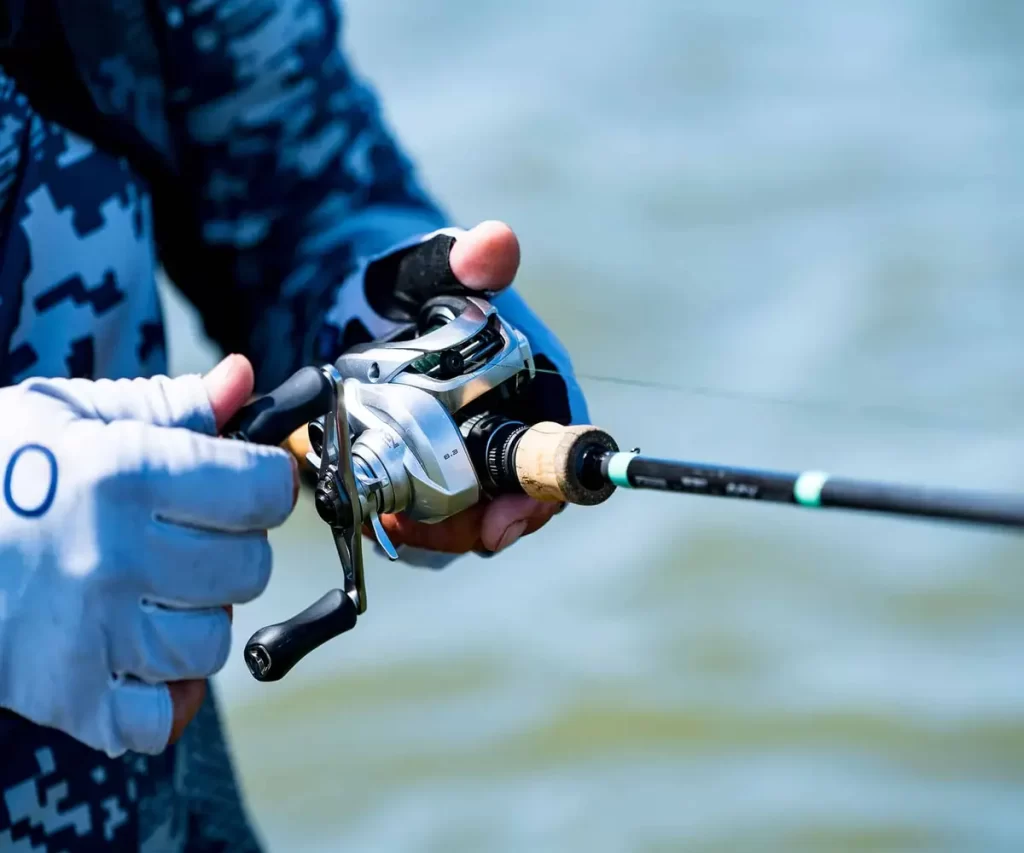
Knowing How to Reel in Fish:
Fishing is not just a recreational activity; it’s an art that requires skill, patience, and a deep understanding of the water and its inhabitants. One crucial aspect of fishing that can make or break your experience is knowing how to reel in fish effectively. In this comprehensive guide, we will take you through the essential steps and techniques to help you master the art of reeling in fish and enhance your overall fishing success.
Understanding Your Gear
Before diving into the specifics of reeling in fish, it’s essential to understand the equipment you’ll be working with. Familiarize yourself with the following key components:
- Rod and Reel:
- Choose a rod and reel combo that suits the type of fishing you’ll be doing. Lighter setups are ideal for freshwater, while heavier setups are better for saltwater fishing.
- Ensure that your reel is spooled with the appropriate fishing line for your target species.
- Fishing Line:
- Select the right fishing line based on the conditions and the type of fish you’re targeting. Monofilament, fluorocarbon, and braided lines each have their advantages.
- Lures and Baits:
- Match your lures or baits to the type of fish you want to catch. Consider factors such as color, size, and action to attract the attention of your target species.
Now that you’re equipped with the right gear, let’s delve into the art of reeling in fish.
Techniques for Reeling In Fish
- Setting the Hook:
- A successful catch starts with a solid hookset. When you feel a bite, resist the urge to immediately start reeling. Instead, quickly and decisively jerk the rod upward to embed the hook in the fish’s mouth.
- Maintaining a Constant Tension:
- Keep a steady tension on the line by holding the rod at a 45-degree angle. This helps in preventing the fish from shaking the hook or breaking the line.
- Adjusting Drag Settings:
- Understand the drag system on your reel. Adjust the drag according to the size and strength of the fish you’re targeting. A properly set drag prevents the line from breaking during the fight.
- Pumping and Reeling Technique:
- Instead of a constant, rapid retrieve, use a pumping and reeling technique. Lift the rod tip slowly, then reel in the slack as you lower the rod. This motion helps tire out the fish while maintaining a steady pressure.
- Sideways Pressure:
- When reeling in larger fish, apply sideways pressure by moving the rod from side to side. This helps disorient the fish and discourages it from making a run.
- Be Mindful of the Species:
- Different species of fish have different fighting styles. Adjust your reeling technique based on whether you’re targeting bass, trout, salmon, or any other fish.
- Playing the Long Game:
- Patience is key. Don’t rush the process; let the fish wear itself out. Trying to force the fish to the surface too quickly can result in lost catches.
Handling Challenges
- Dealing with Snags:
- If your line gets snagged, avoid the instinct to forcefully yank it free. Instead, gently pull the line from different angles or try walking to a different position to change the angle of pull.
- Handling Fierce Fighters:
- Some species, like pike or muskellunge, are known for their aggressive behavior. Exercise caution when reeling in these fish, as they may make sudden, powerful runs.
- Netting the Fish:
- When the fish is close enough, use a landing net to secure your catch. Be calm and deliberate to avoid startling the fish at the last moment.
Conservation and Ethical Practices
- Catch and Release:
- If you’re not keeping the fish, practice catch and release. Handle the fish with wet hands to protect their slime coat and minimize stress. Release them gently back into the water.
- Know the Regulations:
- Familiarize yourself with local fishing regulations. Adhering to size limits and bag limits ensures the sustainability of fish populations.
Mastering the art of reeling in fish is a rewarding journey that combines skill, knowledge, and a deep appreciation for the natural world. By understanding your gear, employing effective techniques, and practicing ethical fishing, you can enhance your fishing experience and contribute to the conservation of aquatic ecosystems. Remember, every catch is a story, and with the right knowledge and approach, you’ll be well on your way to creating unforgettable fishing memories.